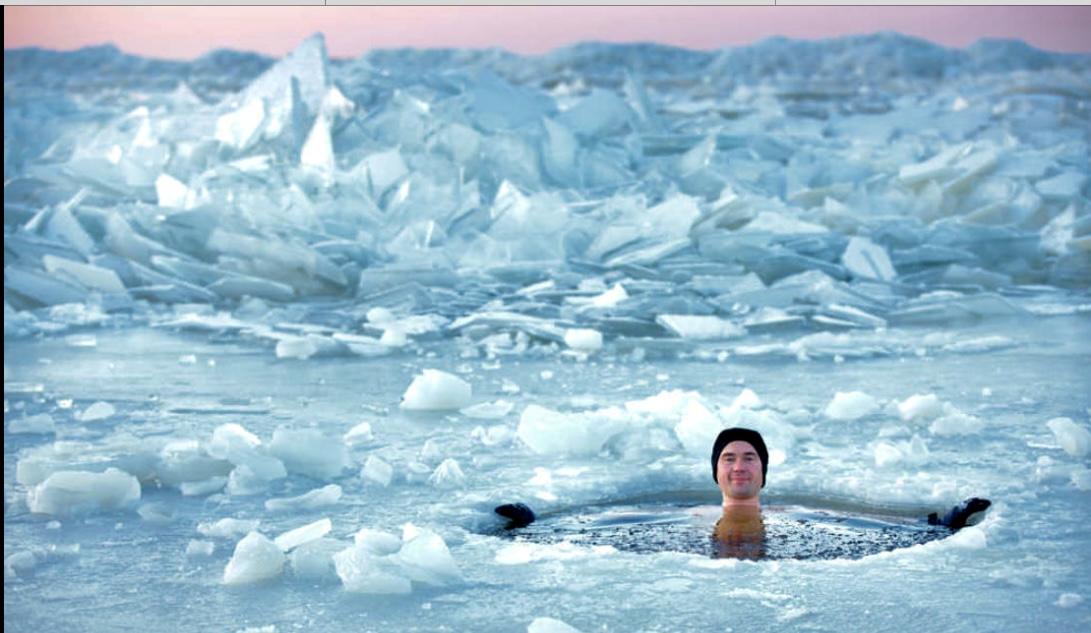This past weekend, Scottie Scheffler won the Masters. Kudos to him! But maybe the bigger story was written by Tiger Woods. Now I know he gets the lion’s share of golf attention, but nevertheless, his return to Augusta was nothing short of miraculous. Remember: just over a year ago, he was so badly injured in an automobile accident that doctors seriously considered amputating his right leg. Fortunately, they didn’t, and since that day, Tiger has been fixed on one simple star: playing golf again. And at Augusta, one of the most demanding walking courses on the planet, he did just that. No, he didn’t win, that is if you measure winning by the player with the fewest strokes over four days. But if you were to measure winning by another standard—say, overcoming seemingly insurmountable medical obstacles—then you’d have to give Tiger the trophy. Or another green jacket.
After Tiger finished this final round, he was, of course, asked to reflect on the past fourteen months of recovery and rehabilitation. He thanked the people on his team—doctors, physical therapists, psychologists, trainers; his children and friends; his fellow players; his fans; and last but not least, he thanked ice. “Ice baths,” he said. “They really suck!”
That got my attention. I’ve been aware of cold therapy for some time: how it helps to manage pain, reduce inflammation, enhance recovery, and stimulate the parasympathetic nervous system. But a little research opened my eyes wider. It seems that cold therapy—Tiger’s ice bath—is now being used to treat depression and other mood disorders, anxiety, even chronic diseases like rheumatoid arthritis and fibromyalgia. Frozen water: the new miracle drug! Who knew?
I guess my friends at Special Olympics have known it for years. They’ve been talking otherwise reasonable people into taking the Polar Bear Plunge for a few decades now to support their good cause. Why else would a few thousand people jump into the Bay in mid-winter if, in addition to raising funds and awareness to support people with intellectual differences, their own well-being were enhanced in the process? Moreover, it seems that cold water swimming is gaining in popularity around the world; more and more people are jumping into ridiculously cold water—forty degrees!—and swimming considerable distances to get a little exercise while staving-off hypothermia.
There is, of course, a limit to cold water therapy. When the Titanic went down (110 years ago this week!), the water in North Atlantic was between 28 and 32 degrees. Many of the souls who were lost that night didn’t drown; they simply froze to death. That is, of course, the tragic extreme of cold water; no one can survive more than a few minutes at those frigid temperatures.
But we’re thankfully not talking about water that cold. Tiger’s ice bath is probably somewhere between fifty and sixty degrees; plenty cold, to be sure! The ratio of ice to water in his tub is likely 3:1, and ten minutes would provide more than enough time to reap the benefits of cold water therapy. But I wouldn’t be surprised if Tiger took several cold baths a day, so do the math: maybe an hour each day in freezing water, months and months on end. That’s what it took to enable him just to walk those Georgia hills, let alone play golf at the highest level. It might have looked lovely on television, but there was definite limp to his gait and I’m pretty sure I caught a grimace or two along the way. Still, heroic; triumphant, even.
Anyway, I was so impressed by Tiger’s drive, perseverance, and mental discipline, to say nothing of his golf game, that I was tempted to go out and buy three big bags of ice, fill the tub half full with cold water, dump in the ice, and sit there for ten minutes.
Tempted, I said. But I wrote this instead.
I’ll be right back.
Jamie Kirkpatrick is a writer and photographer who lives in Chestertown. His work has appeared in the Washington Post, the Baltimore Sun, the Philadelphia Inquirer, the Pittsburgh Post-Gazette, the Washington College Alumni Magazine, and American Cowboy Magazine. Two collections of his essays (“Musing Right Along” and “I’ll Be Right Back”) are available on Amazon. Jamie’s website is www.musingjamie.com




Michael Brunner says
Steve, you know as well as I, that psilocybin is the new miracle drug to fight depression and also a little micro-dosing to improve your golf game. But we all knew that decades ago.